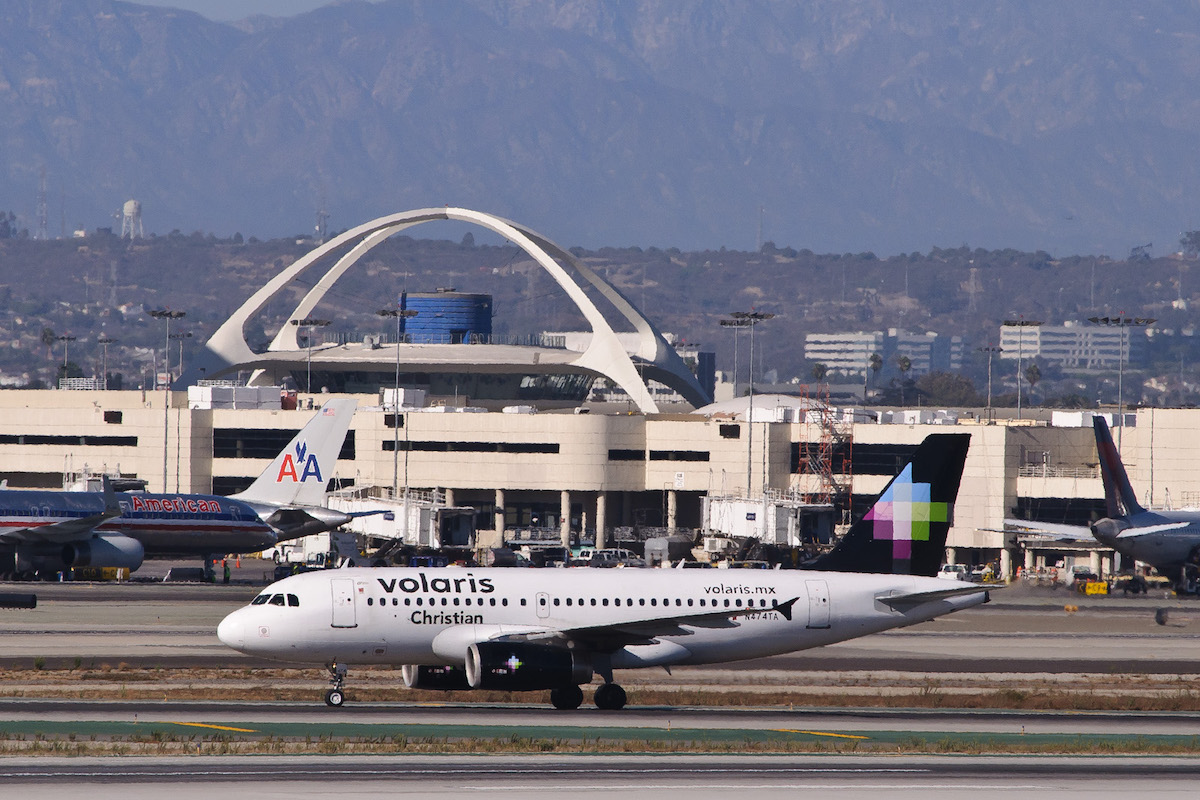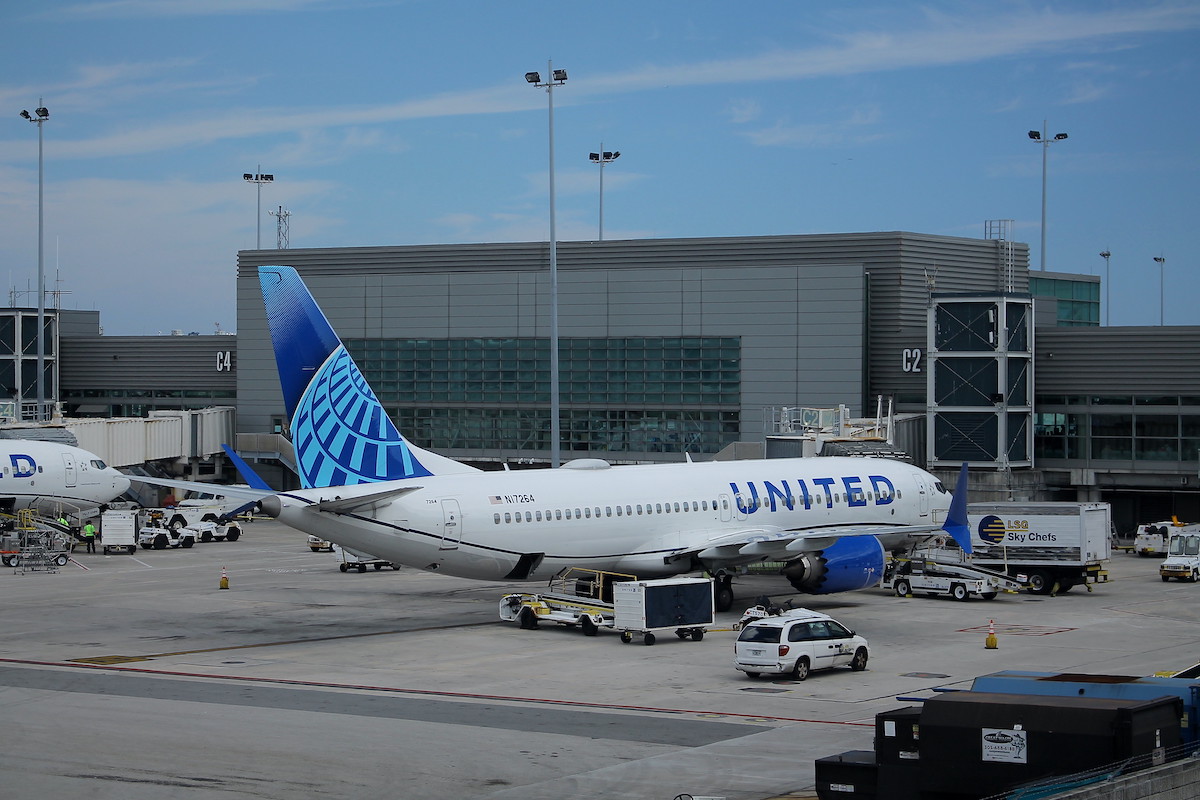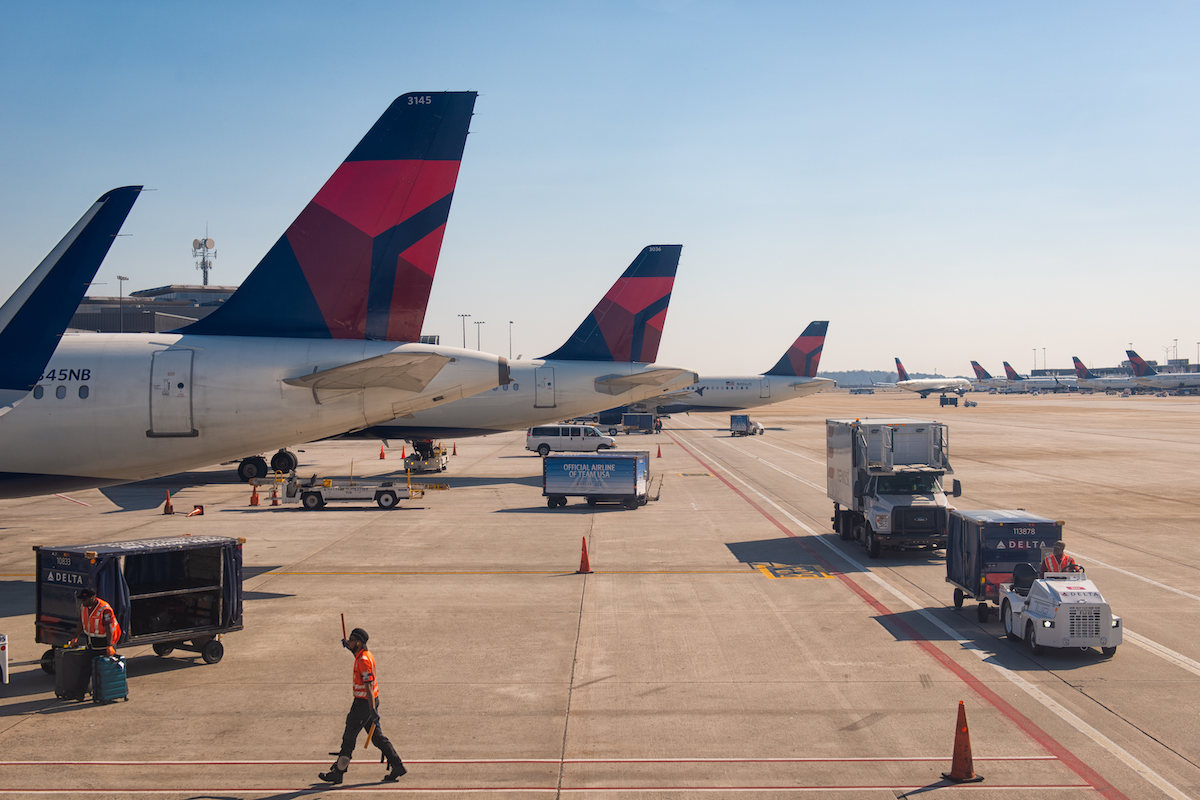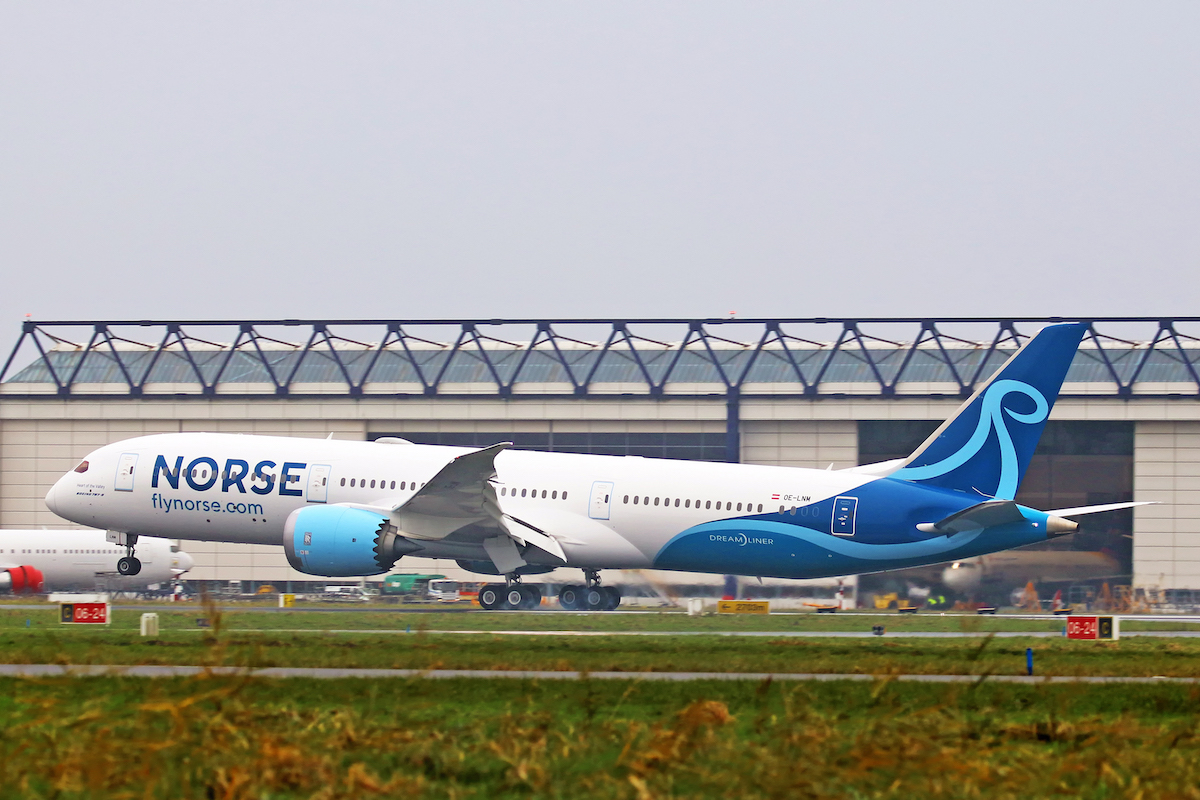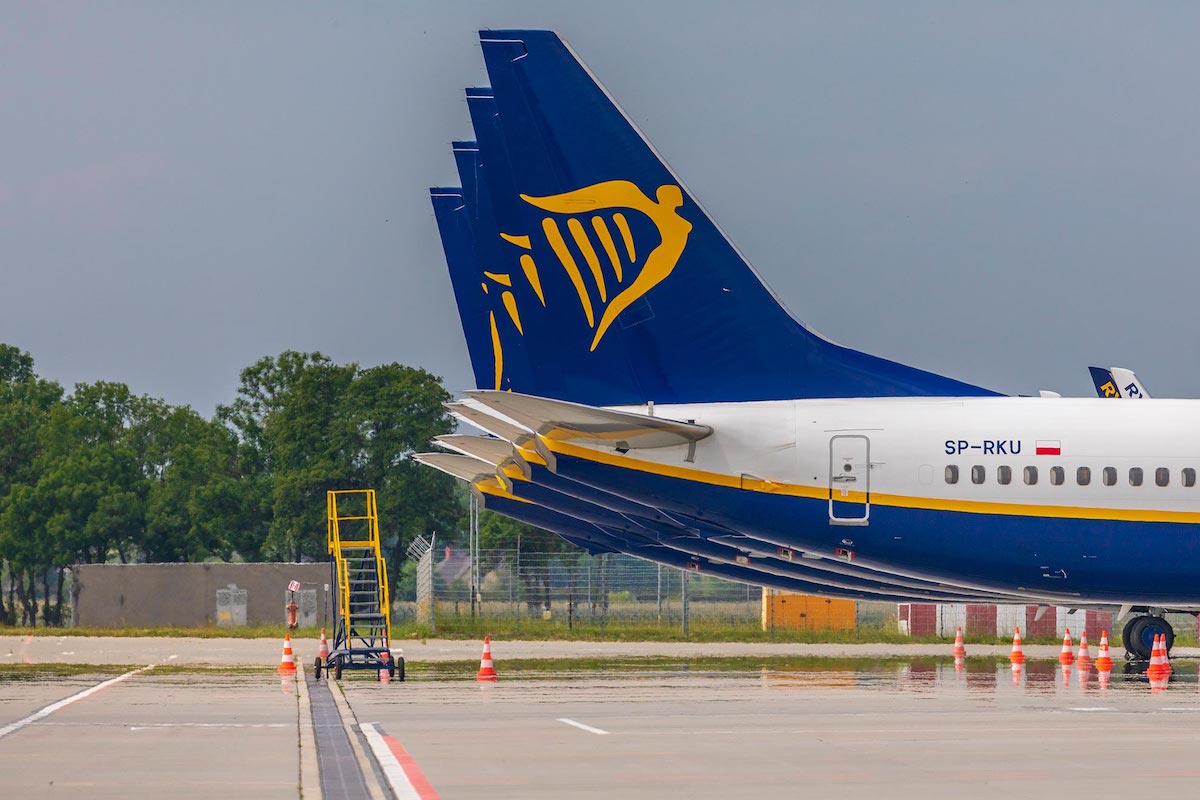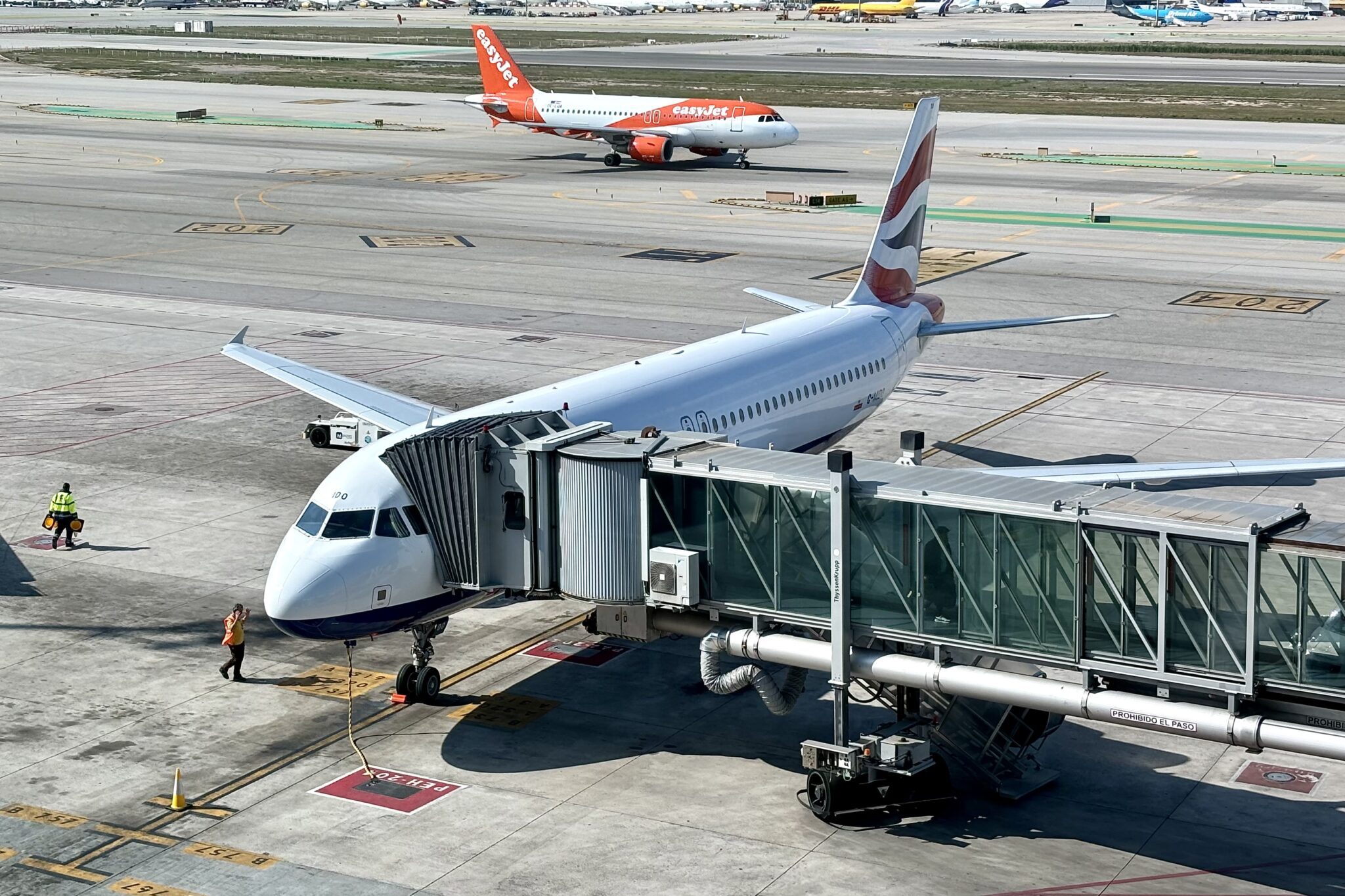The U.S. may be near returning the safety rating of Mexico’s aviation regulator, AFAC, to the top category, said executives of Mexico’s largest airline Volaris.
The Mexico City-based budget carrier is planning for an upgrade by the fourth quarter of 2023, executive vice president of commercial Holger Blankenstein said during an investor day event on Tuesday. However, citing recent comments by Mexican Secretary of Infrastructure, Communications, and Transportation Jorge Nuño, the change in Mexico’s safety rating could come as soon as April if a scheduled February audit of AFAC by the U.S. Federal Aviation Administration goes as planned.
The upgrade, to what the FAA considers a “Category 1” safety rating, is necessary for Volaris and all other Mexican airlines to resume expansion to the U.S. After the country’s rating was lowered to Category 2 in 2021, each Mexican carrier’s flights were capped at existing levels, and they were barred from adding new routes. In addition, U.S. airlines had to suspend their codeshares with Mexican partners.
“I strongly believe they will get it done,” Volaris CEO Enrique Beltranena said Tuesday of AFAC’s ability to meet FAA standards.
Mexico is the single largest international market for U.S. flyers. During the first quarter, the latest data available, 3.3 million people flew between the two countries, Department of Transportation data show. That was up nearly 10 percent compared to three years ago, which provides a better baseline compared to 2021, which was impacted by the Covid-19 crisis. Traveler numbers between the U.S. and Canada, the former top U.S. international market, were hit hard by the country’s Covid travel restrictions and stood at just 48 percent of 2019 levels in the March quarter.
Mexican airlines sat out much of that market recovery and growth, in part due to the FAA’s safety rating. U.S. carriers increased their share of U.S.-Mexico passengers by 4 points to 78 percent at the expense of their Mexican counterparts in the first quarter compared to 2019, according to the DOT data. Another factor in the share shift was the closure of the Mexican airline Interjet in December 2020.
Delta Air Lines, which has a close, immunized joint venture with Aeromexico, had to remove its code from flights operated by its Mexican partner following the downgrade. This limited the U.S. carrier’s ability to book travelers on flights operated by its partner. And the rating is believed to have factored into the slow approval of Viva Aerobus’ proposed joint venture with Allegiant Air. Earlier in December, Viva Aerobus and Allegiant asked the DOT for a tentative green light on their pact, to allow needed technology investments to begin in order to implement the partnership once Mexico regains Category 1 status.
Volaris, despite the restrictions placed on it, has managed to expand its U.S.-Mexico presence. The airline will fly 22 percent more capacity, measured in available seat miles, between the U.S. and Mexico in December compared to 2019, according to Diio by Cirium schedules. That is in part from flying larger aircraft on flights, for example swapping an Airbus A320 for an A321neo, and from operating all of the flights already filed with the DOT. On the latter point, executives likened Volaris’ expansion to flying its pre-downgrade peak December holiday schedule all year round. Volaris has also been able to operate U.S.-Mexico flights with aircraft registered to its El Salvador and Costa Rica subsidiaries.
What Volaris, nor any other Mexican carrier, has been able to do is add new destinations in the U.S., or new routes. During its presentation to investors Tuesday, executives said they saw an opportunity for 125-145 potential new U.S. routes in the coming years.
Volaris was, overall, quite bullish on its prospects with investors. In addition to the organic growth during the pandemic, the airline expanded its position as Mexico’s largest air carrier as a result of the closure of Interjet and Aeromexico’s Chapter 11 restructuring. Beltranena went as far as to call the country’s domestic market “consolidated,” like that in the U.S., with its three main players. Volaris will grow capacity by about 10 percent year-over-year in 2023, and plans to double both revenues and profits by 2025 compared to 2019.
